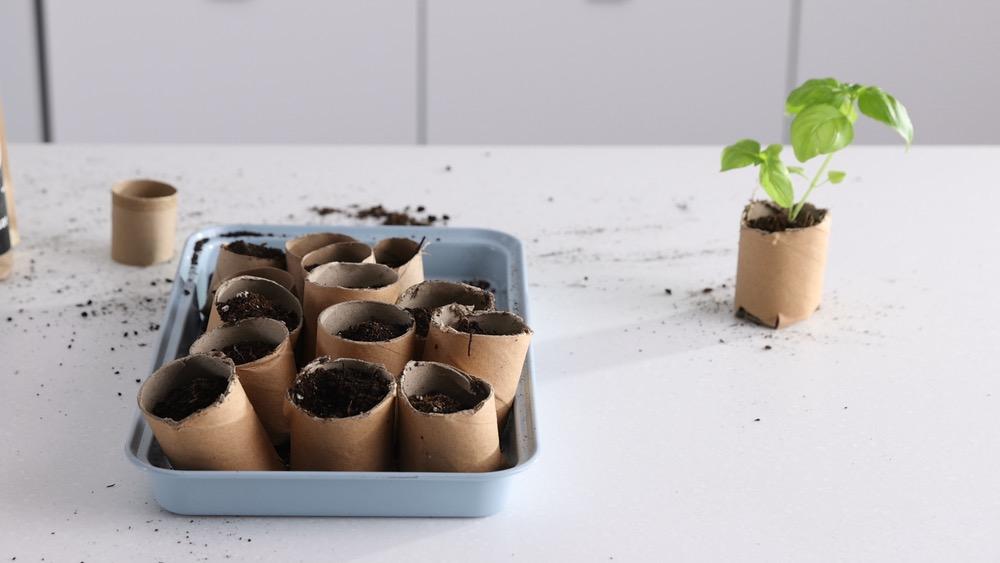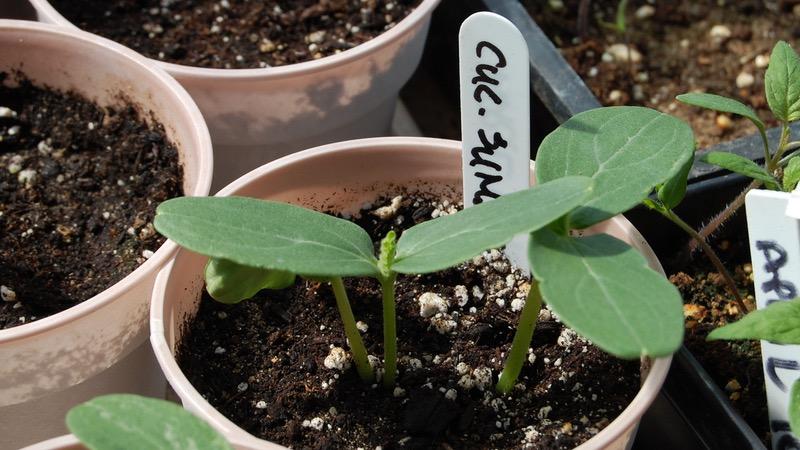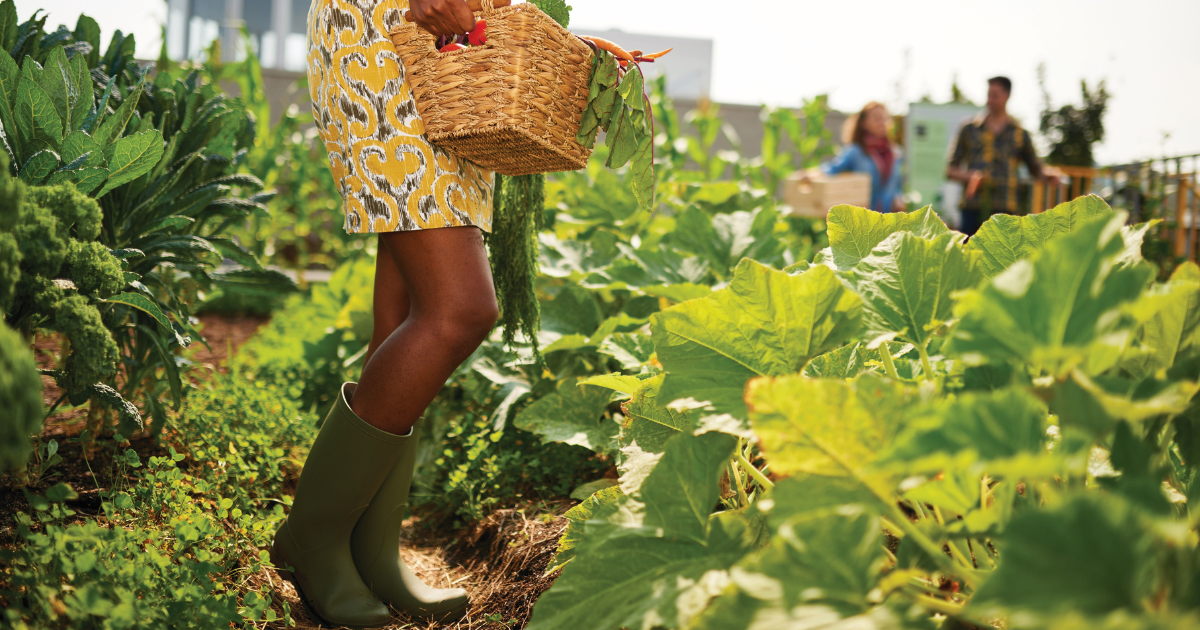As part of the Highway of Heroes Tree Campaign, 117,000 trees are being planted along the highway that provided transport for the 158 Canadian soldiers lost in the Afghan conflict. During those 10 years of conflict, tens of thousands of Canadians stood silent while the hearses drove by along Highway 401 in all kinds of weather. The soldiers’ bodies were repatriated on Canadian soil at Canadian Forces Base Trenton, they were driven to the coroner’s office in Toronto at Keele Street. The Highway of Heroes: 170 km of mostly treeless asphalt.
Our campaign did not end there, as we are planting 1.8 million more trees near the Highway of Heroes in Ontario: One tree for every Canadian who volunteered for military service during times of war. Over half of the $10 million raised has been donated by private Canadian citizens like you. That’s over 4,500 Canadians.

As well, we could not have come this far without the support of corporate and government sponsors. We would like to thank Veterans Affairs Canada; the Ministry of Transportation of Ontario; TD Bank Group; the Garden Club of Toronto; Maple Leaves Forever; the Ontario Trillium Foundation; Harrowsmith magazine; our many municipal partners, including the City of Toronto and the City of Quinte West; and Forests Ontario.
Our founding partners at Landscape Ontario (LO) have made every success along the way possible with generous donations in kind by many member firms. Our professional trade association has been extraordinarily helpful. Special thanks to Tony DiGiovanni, the executive director of LO. It was Tony who put his hand up in 2014 to ask whether anyone in a gathering of not-for-profit tree-planting organizations would support the idea of reforesting the Highway of Heroes. Mark was proud to be able to throw his support behind the idea at that meeting.
While we celebrate the achievement of reaching our original fundraising goal, we continue to invite donations to maintain the trees over the next 3 years — pruning, watering and monitoring as each planting matures — and to replace young trees that die.
The website remains active as we continue to honour those Canadians who have been acknowledged by name on our “scroll of honour.” Donors who paid for a tree in memory of a loved one will always be able to access their name on our scroll. Many of the newly planted trees were arranged through the Private Landowner Partnership Program that we operate in partnership with Forests Ontario. This collaboration provides landowners that live within 30 km of Ontario’s Highway 401 corridor, from Windsor to the Quebec border, an opportunity to have trees added to their property at a significantly reduced cost while also providing an opportunity for these landowners to play a vital part in support of the Highway of Heroes Tree Campaign. This has been an incredible journey, and we are so grateful to you, and thousands of Canadians like you, for helping us realize this goal.

Trees sustain and protect life; they are air conditioners, water filters, air purifiers, carbon sinks, homes for wildlife, and much more. Canadians worried about the impacts of climate change can make a difference by helping us to plant trees, which are nature’s air purifiers.
Trees are our most efficient and affordable way of fighting climate change. Trees for Life aims to harness these concerns into a movement defined by action, where Canadians from all walks of life are inspired to plant trees and contribute to a better future for all. Urban trees in public spaces strengthen social cohesion, spur community revitalization, and add economic value to our communities. With over 80 percent of Canadians living in cities and the world getting hotter, the urban canopy is more critical than ever.
For a complete list of Highway of Heroes Tree Campaign locations and to donate, visit this link.
Thanks to the powerful experiences gained through the Highway of Heroes Tree Campaign, we have realized the impact we can have by planting a tree to honour the heroes that have made Canada one of the best countries to live in. We continue to honour Canadians in our military, and now also honour our first responders and front-line workers. There are so many Canadians deserving of a living tribute in their honour.
Best Practices for Planting Trees
Planting trees is not a simple case of digging a hole and covering the new tree’s roots with soil. Trees for Life has adopted the Vineland Tree Planting Protocols, based on extensive research at the Vineland Research and Innovation Centre in Niagara, Ontario.
The Vineland protocols call for the remediation of existing soil; the addition of generous quantities of compost; deep watering at the time of planting; follow-up monitoring for water; and usually the use of a coco fibre mat and mulch to reduce weeds and hold moisture at the root zone.
Vineland staff have coached us and monitored our work throughout the 8 years of the Highway of Heroes Tree Campaign, with highly successful results. Our current tree survival rate is over 85 percent.
In most cases, we recommend the use of native trees. The list of native trees we used for the Highway of Heroes can be found here.
Mark Cullen is an expert gardener, author, broadcaster and tree advocate
and holds the Order of Canada. His son, Ben, is a fourth-generation
urban gardener and a graduate of the University of Guelph and Dalhousie
University in Halifax. Follow them at markcullen.com, @MarkCullen4
(Twitter) and @markcullengardening (Facebook) and look for their latest book, Escape to Reality.
Follow them at markcullen.com, @MarkCullen4, facebook.com/markcullengardening and biweekly on Global TV’s national morning show, The Morning Show.











